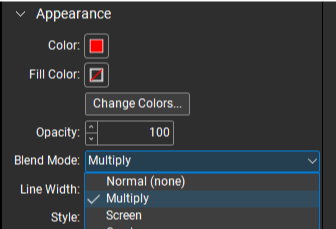Did you know that shorter buildings (lower periods) experience higher seismic accelerations than taller buildings (longer periods) that experience lower seismic accelerations due to their ability to "ride out" the ground motions more gradually?
.jpeg)
Did you know that shorter buildings (lower periods) experience higher seismic accelerations than taller buildings (longer periods) that experience lower seismic accelerations due to their ability to "ride out" the ground motions more gradually?
.jpeg)
When doing ‘Copy and Paste Overlays,' use the ‘Multiply’ Blend Mode on the pasted object to make the background transparent.

For wood nailers attaching to steel beams in wood buildings, 3x nailers are preferred over 2x because they can accommodate the length of boundary nails from the roof or floor sheathing. Remember to account for the thickness of the nailer when determining overall beam depth.
Two commonly used material grades for glulam beams in the Western U.S. are DF 24F-V4 and DF 24F-V8. DF 24F-V8 is stronger than DF 24F-V4 and is generally used for cantilevered beam applications. However, it is also generally not as readily available as DF 24F-V4. Therefore, it is generally more favorable to slightly increase framing sizes with DF 24F-V4 material than with DF 24F-V8 material.
Where a permit is issued for reroofing more than 25% of the roof area of a building assigned to Seismic Design Category D, E, or F that has parapets constructed of unreinforced masonry, the work shall include installation of parapet bracing unless an evaluation demonstrates compliance of such items.
Any alteration to an existing structure that increases the gravity loads of the bearing element by more than 5% requires a structural upgrade. A few exceptions exist, so check with a structural engineer before proceeding.
Any modification that increases the demand-capacity ratio on lateral load-carrying elements by more than 10% will also trigger a structural upgrade.